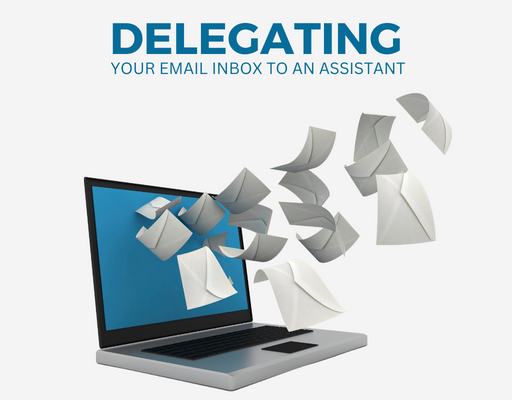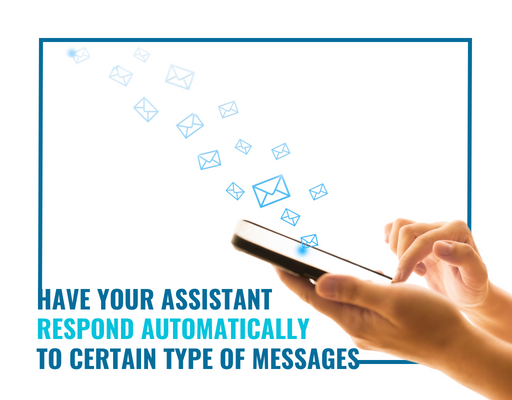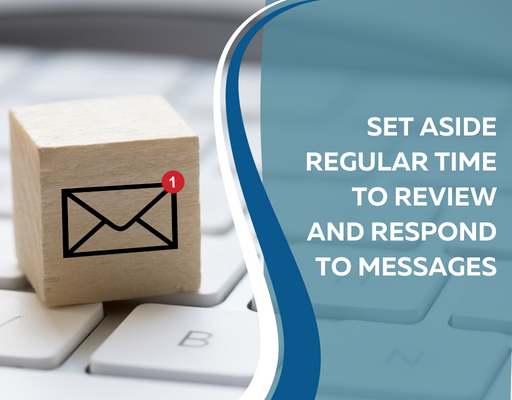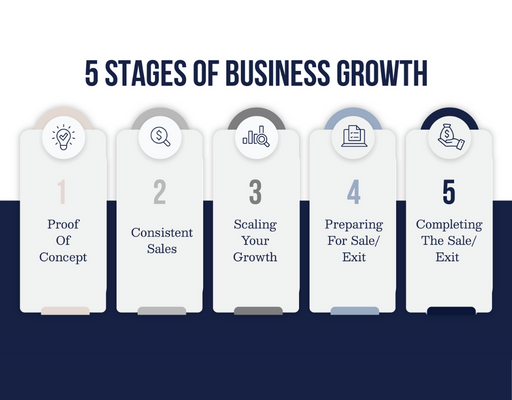Delegating the management of your email inbox to an assistant can be a great way to free up time and increase productivity. By setting clear guidelines and rules for how to handle different types of messages, you can ensure that your inbox is organized and that important tasks are not being overlooked.

In this article, we will explore some strategies for delegating the management of your email inbox to your assistant, including how to delete junk, automatically file certain messages, respond on your behalf to certain messages, and what to bring to your attention.
1. Give your assistant rules for deleting junk. The first step in delegating the management of your inbox is to set up rules for your assistant to follow when it comes to deleting junk and spam. This can include using a spam filter or using keywords to automatically delete certain types of messages. For example, you may want to have your assistant delete any messages with certain words in the subject line or any messages from certain senders that are known to send spam. This will help to keep your inbox clean and organized, and will prevent you from wasting time sifting through irrelevant messages.
2. Give your assistant rules for automatically filing certain messages. Another strategy for delegating the management of your inbox is to have your assistant automatically file certain types of messages. This can be done using keywords or phrases that are commonly found in the subject lines or bodies of these types of messages. For example, messages with the word “invoice” in the subject line can be automatically filed in a folder labeled “Invoices.” This can help to keep your inbox organized and make it easier to find specific types of messages when you need them.
3. Have your assistant respond automatically to certain types of messages. In addition to deleting junk and automatically filing certain messages, your assistant can also respond on your behalf to certain types of messages. For example, your assistant can respond to meeting requests with your availability and schedule them in your calendar. They can also respond to questions or inquiries with pre-written templates that you have provided.

4. Have your assistant manage a spreadsheet that includes emails you should see. If there are certain messages that your assistant is unsure how to handle or that they know you will want to see, they can create a spreadsheet of those emails and even provide a draft response for you to review in the spreadsheet so you can approve it or make edits to the response that your assistant can send. This way, you can avoid going into the inbox as much as possible.
5. Have regular review time. To reach inbox 0, it’s important to set aside regular time to review and respond to messages. This can be done daily or weekly, depending on your schedule and the volume of messages you receive. During this time, you can review the spreadsheet or task list provided by your assistant and follow up on any important messages or tasks.

6. Have your assistant file or delete messages once handled. Additionally, it’s important to make sure that you and your assistant make a conscious effort to delete or file messages that are no longer relevant.
7. Minimize the number of email lists you subscribe to. It’s also important to make sure you unsubscribe from any email lists that you no longer need to be on, and only keep the ones that are truly valuable. But please stay on my mailing list so you can keep receiving valuable insights like this one. 🤪If you’re not already on my list, just find something to sign up for on my site and I’ll start sending them to you – packed full of useful tips and resources like this.
In conclusion, delegating the management of your email inbox to an assistant can be a powerful tool for increasing productivity and organization. By setting clear guidelines and rules for how to handle different types of messages, you can free up valuable time and energy to focus on more important tasks. Remember to regularly review and respond to messages, use tools like a spreadsheet or task list to bring important messages to your attention, and make an effort to delete or file messages that are no longer relevant. With the right strategy in place, you can reach inbox 0 and take control of your inbox once and for all.
















